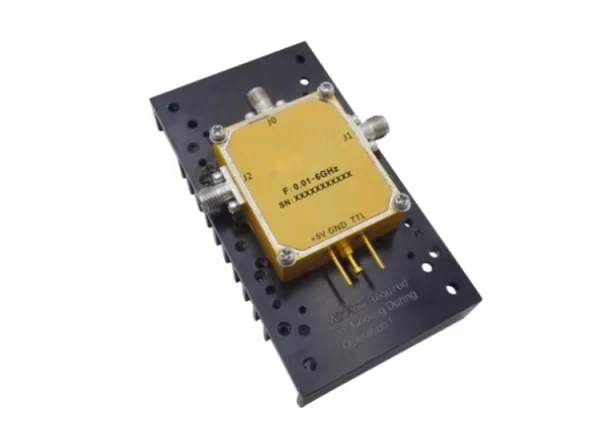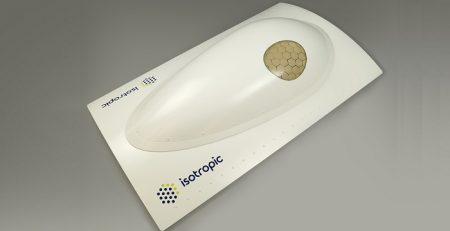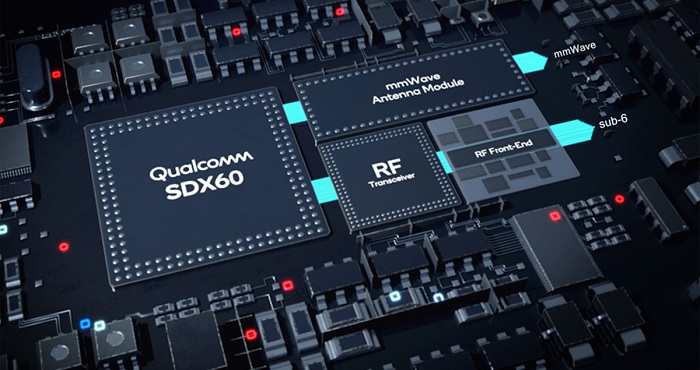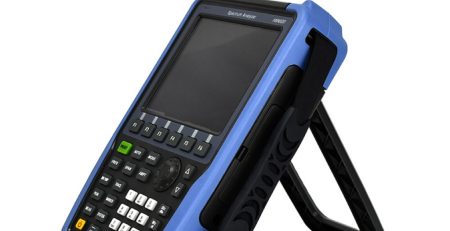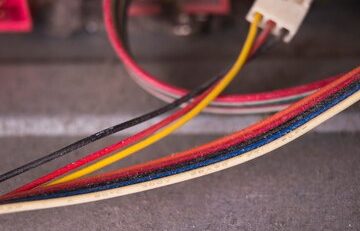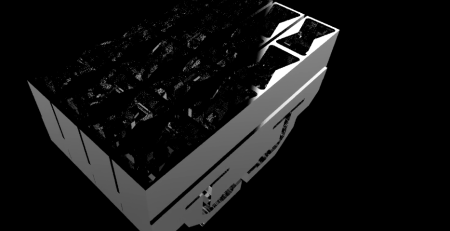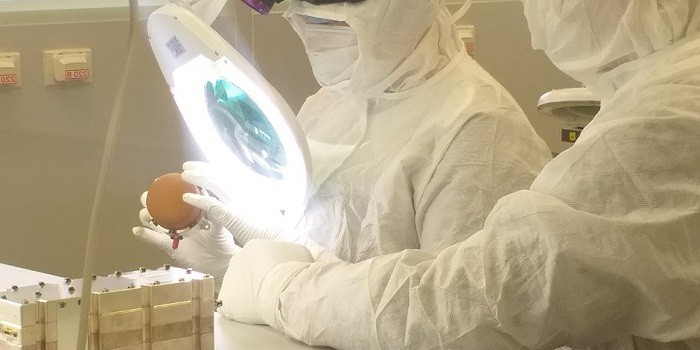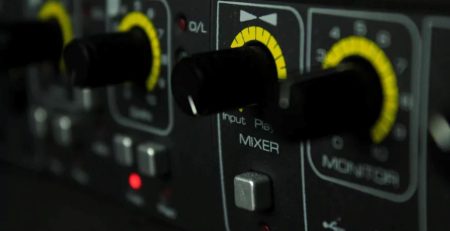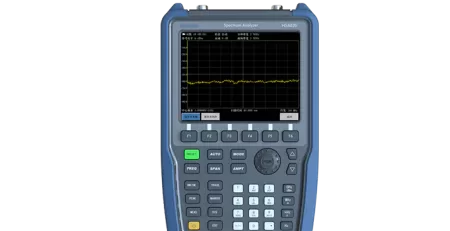What Is the Difference Between Absorptive and Reflective RF Switches?
RF switches are vital parts in wireless setups, guiding signals smoothly for uses in telecom, space, defense, and beyond. For engineers and designers, picking between Absorptive RF Switches and Reflective RF Switches affects how well a system works, its price, and its dependability.
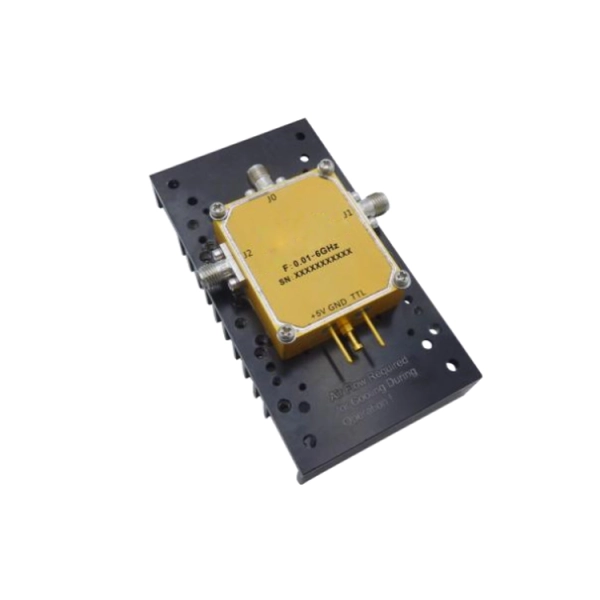
What Are RF Switches?
RF switches are tools that direct high-frequency signals through different paths in wireless systems. They’re key in things like radar, satellites, and 5G networks. They let signals switch between devices or tools being tested without constant unplugging and re-plugging. RF switches come in types like Single Pole Double Throw (SPDT) or Single Pole Multi-Throw (SP4T, SP6T, etc.). They can be mechanical or solid-state.
Their main job is to manage signal flow well. They keep signal loss low, ensure strong separation, and boost performance. The two key types are Absorptive RF Switches and Reflective RF Switches, differ in how they handle unused ports. This affects where they work best.
Absorptive RF Switches and Reflective RF Switches
Knowing how Absorptive and Reflective RF Switches differ helps you pick the right one. Below, we explain their workings, features, and best uses in clear tables.
How They Work
- Absorptive RF Switches: These have built-in endings (usually 50 ohms) on unused ports. When a port isn’t linked to the main path, the ending soaks up incoming signals. This stops signals from bouncing back to the source. They use PIN diodes or FETs in solid-state designs or extra parts in mechanical ones.
- Reflective RF Switches: These leave unused ports open or shorted, with no ending. Signals hitting these ports bounce back to the source. This can cause mismatched signals. These switches are simpler, often using PIN diodes or GaAs FETs.
Key Characteristics
| Feature | Absorptive RF Switches | Reflective RF Switches |
| Port Ending | Unused ports get a 50-ohm ending | Unused ports stay open or shorted |
| VSWR (Voltage Standing Wave Ratio) | Low VSWR when ON or OFF | High VSWR when OFF |
| Signal Loss | Slightly higher because of ending parts | Lower due to simple build |
| Separation | Strong, steady even with varying loads | Weaker if loads don’t match |
| Power Handling | Decent, but endings limit it | Stronger, though bounces may harm source |
| Switching Speed | Quick (nanoseconds for solid-state) | Quick (nanoseconds for solid-state) |
Best Applications
- Absorptive RF Switches:
- Testing Systems: Great for switch setups where low bounces keep signals clear.
- Radar and Satellites: Stops bounces that could harm delicate parts like amplifiers.
- 5G and Cell Networks: Keeps signals clean and separated in complex setups.
- Reflective RF Switches:
- Antenna Switching: Works where signal bounces don’t cause issues.
- Budget-Friendly Projects: Good when saving money matters more than low VSWR.
- High-Power Uses: Handles stronger signals due to less signal loss.
Key Differences Between Absorptive and Reflective RF Switches
Choosing between Absorptive and Reflective RF Switches depends on what your system needs. We compare them below in simple tables for signal handling, performance, and cost.
Signal Handling Comparison
| Aspect | Absorptive RF Switches | Reflective RF Switches |
| Signal Bounce | Very low; endings soak up signals | High; signals bounce back to source |
| Impedance Match | Great; keeps 50-ohm match when OFF | Weak when OFF; needs extra matching |
| Source Safety | Shields source from bounces | Bounces may make source unstable |
| Harmonic Noise | Less; endings cut unwanted noise | More; bounces can raise noise |
Absorptive switches shine when keeping signals clean and protecting sources is key. Reflective switches fit simpler systems where bounces aren’t a big issue.
Performance Comparison
| Performance Point | Absorptive RF Switches | Reflective RF Switches |
| Signal Loss | 0.5–2 dB (higher due to endings) | 0.3–1 dB (lower due to simple design) |
| Separation | 20–60 dB, steady with different loads | 15–50 dB, weaker with mismatched loads |
| Frequency Range | DC to 75 GHz (depends on model) | DC to 75 GHz (depends on model) |
| Switching Speed | 5–50 ns (solid-state); 1–10 ms (mechanical) | 5–50 ns (solid-state); 1–10 ms (mechanical) |
| Power Handling | Up to 20 W (limited by endings) | Up to 50 W (higher, no endings) |
Absorptive switches are great for stable performance. Reflective switches give better power handling and less loss in less critical setups.
Cost Comparison
| Cost Aspect | Absorptive RF Switches | Reflective RF Switches |
| Design Complexity | More complex; has ending parts | Simpler; no ending parts |
| Build Cost | Higher (up to 2x for mechanical) | Lower; uses fewer parts |
| Use Case Fit | Pricier for high-quality systems | Cheaper for less demanding projects |
Mechanical absorptive switches cost more because of extra parts. Reflective switches are more budget-friendly. Solid-state versions of both have similar costs, but absorptive ones may cost a bit more due to ending circuits.
Why Choose RFecho for RF Switches?
RFecho is a top maker of RF and microwave parts, focusing on high-quality RF switches for many uses. RFecho provides a broad range of Absorptive and Reflective RF Switches for Telecom, aerospace, and testing fields.

FAQs About RF Switches
Q1: What’s the biggest difference between Absorptive and Reflective RF Switches?
A: Absorptive RF Switches end unused ports with a 50-ohm load. This soaks up signals and cuts bounces. Reflective RF Switches leave ports open or shorted. This makes signals bounce back to the source.
Q2: When should I pick Absorptive RF Switches over Reflective ones?
A: Choose Absorptive RF Switches for uses needing low VSWR and few bounces, like testing, radar, or 5G setups. They protect delicate parts like amplifiers well.
Q3: Do Absorptive RF Switches cost more than Reflective ones?
A: Yes, Absorptive RF Switches often cost more. This is especially true for mechanical ones. They have extra parts for endings, which raises the price.
Q4: Can Reflective RF Switches handle more power than Absorptive ones?
A: Reflective RF Switches usually handle more power. They don’t have ending resistors, which can limit power in Absorptive switches.
Q5: How do I choose between solid-state and mechanical RF switches?
A: Solid-state RF switches switch fast (nanoseconds) and last long (up to 200,000 hours). Mechanical ones have lower signal loss but switch slower (milliseconds) and wear out faster. Pick based on speed, power, and durability needs.
Find the Right RF Switch for Your Needs
Choosing the right RF switch—whether Absorptive or Reflective—is crucial for your system’s success. By understanding how they handle signals, perform, and cost, you can match your choice to your project’s goals. RFecho offers a wide selection of Absorptive and Reflective RF Switches built for reliability and efficiency. Check out RFecho’s products at RFecho. Reach out to their team today to talk about your needs and boost your project’s performance!

